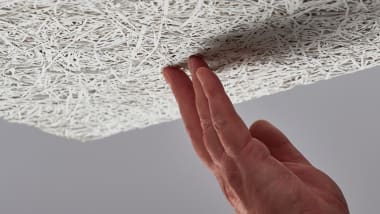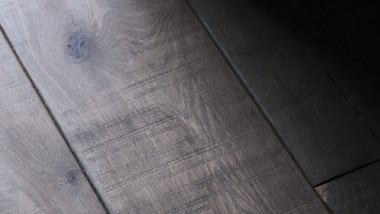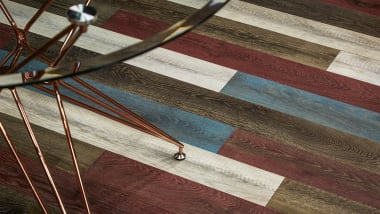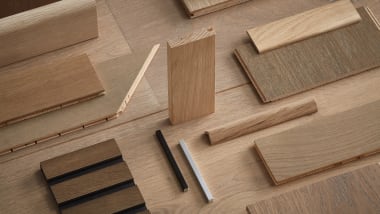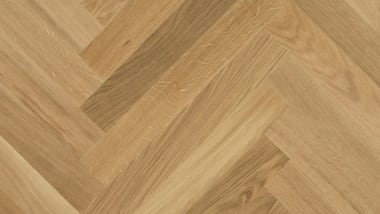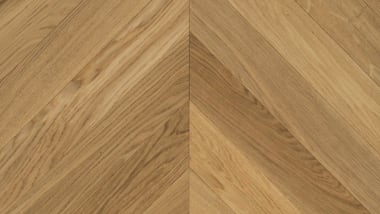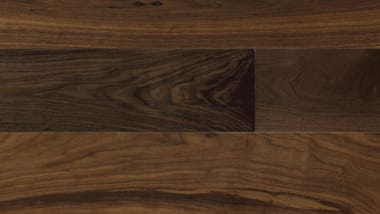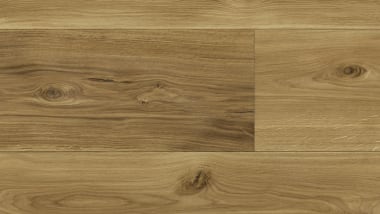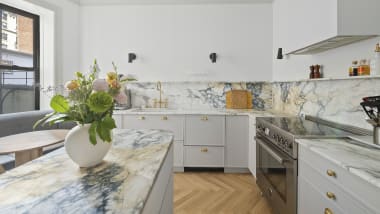Wood Bathroom Floors vs. Tile: Which One Should You Choose?
When designing a bathroom, one of the most critical decisions revolves around flooring. The two most popular options—wood and tile—each have unique benefits and drawbacks. Whether you prioritize aesthetics, durability, maintenance, or comfort, understanding the characteristics of these materials will help you make an informed choice.
Aesthetics and Style
Wood Flooring: Warmth and Elegance
Wood flooring, such as engineered hardwood or high-quality European oak, brings a sense of warmth and sophistication to any space. Its natural grains and tones create an inviting atmosphere, making the bathroom feel more like a luxurious spa retreat. Options like the Blanco 13 Character 180mm 1-Strip or Aspen Raw 13 Prime 180mm 1-Strip offer stunning blonde and platinum hues, adding character and elegance to bathroom interiors.
Tile Flooring: Versatile and Timeless
Tiles come in various shapes, colors, and textures, providing endless design possibilities. From classic marble to contemporary geometric patterns, tile offers flexibility in creating unique bathroom aesthetics. Unlike wood, tile can mimic stone or even wood itself, offering a practical yet stylish alternative.

Durability and Moisture Resistance
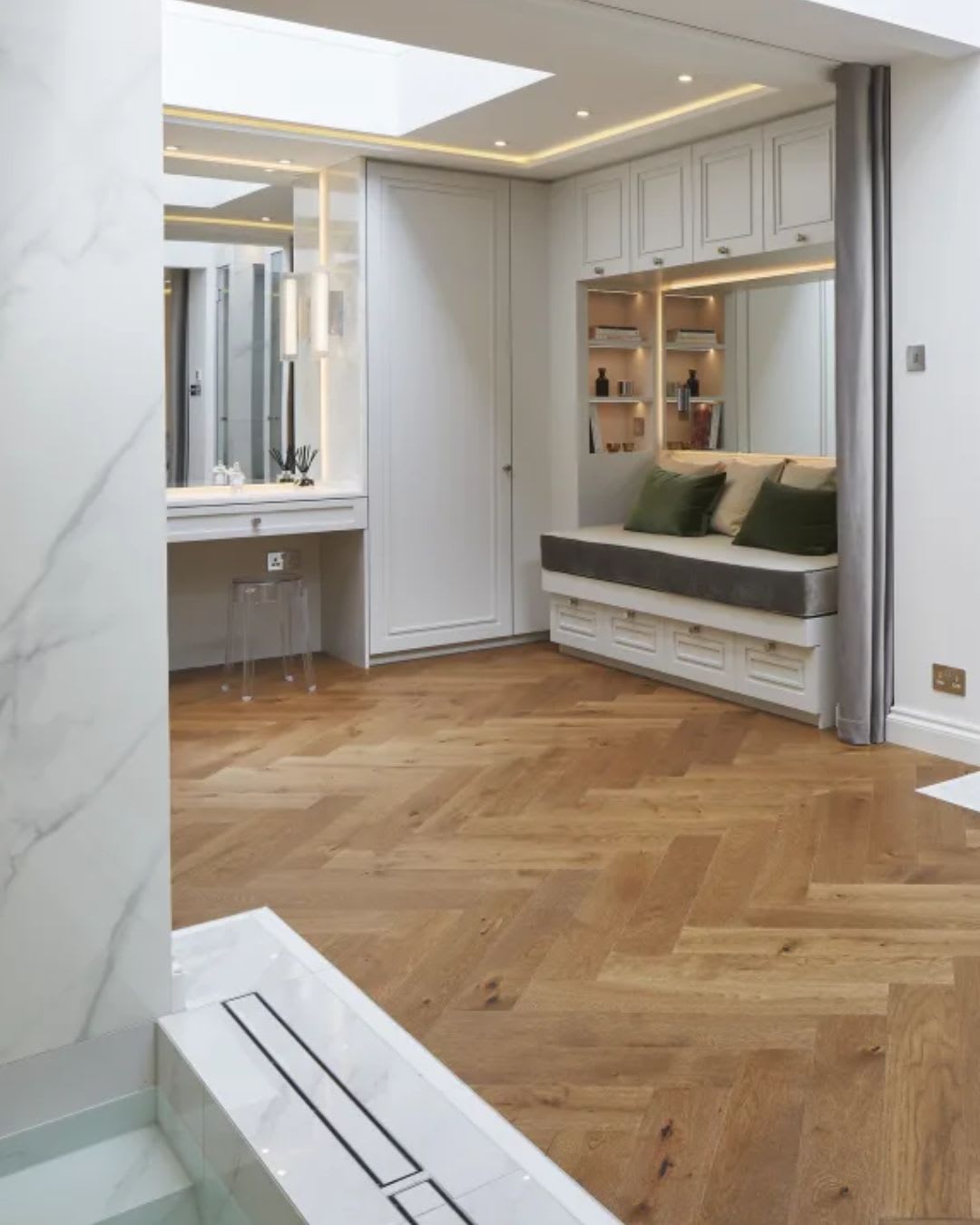
Wood Flooring: Engineered for Stability
Traditional hardwood is susceptible to warping and swelling when exposed to excess moisture. However, engineered wood flooring, such as Havwoods’ multi-layered European oak planks, is designed to withstand humidity better than solid wood. High-quality finishes, such as UV oiled or lacquered coatings, provide added protection against spills and humidity. Despite these advancements, proper maintenance and sealing are essential to prevent damage.
Tile Flooring: Naturally Waterproof
Porcelain and ceramic tiles are inherently water-resistant, making them an excellent choice for bathrooms. Unlike wood, tiles require minimal upkeep to maintain their integrity in high-moisture environments. They are ideal for wet areas such as showers and around bathtubs, where water exposure is constant.
Maintenance and Cleaning
Wood Flooring: Requires Extra Care
Wood flooring in bathrooms demands regular maintenance to prevent water damage. Spills should be wiped up immediately, and a protective finish should be reapplied periodically. Using bath mats and ensuring proper ventilation can help prolong the life of wood floors. If you opt for a Havwoods engineered wood floor, the durability of the UV-oiled or lacquered finish helps protect against daily wear and tear.
Tile Flooring: Easy to Maintain
Tiles are low maintenance, requiring only regular sweeping and mopping. Grout lines, however, may require periodic cleaning to prevent mold and discoloration. Sealing grout can help reduce staining and moisture absorption.




